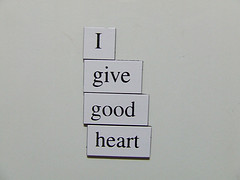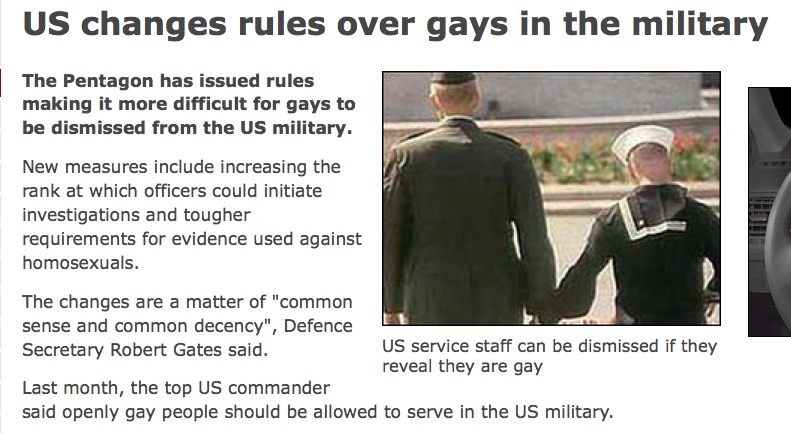When you lay on a couch and listen to Chopin, you’re bound to notice something very specific. One of the things that makes a Chopin piano piece is the lingering resonance and/or the quick succession of certain notes or phrases. There’s a technical term for that. It’s called “tempo rubato.” (If you’re burning to hear an example, try Martha Argerich’s performance of Nocturne No. 16 in E Flat, Op 55, No. 2.)
I would suggest (and I do) that tempo rubato is a rhetorical technique within the form of musical performance. It is a style meant to express improvisation and feeling. . . pathos. By speeding up, we are hurried through the piece and by slowing down we are forced to contemplate that musical phrase. Like any good romantic period piece, it emotes and manipulates. Tempo rubato manipulates its audiences into feeling differently than if the piece were kept in strict time.
I know, I know–you may be asking yourself why this is important. Why does it matter what it’s called as long as it’s effective, right? Well, I guess I’m kind of a music geek (I did minor in it), but the effect that music has on our current society is undeniable. Don’t you think?
How many musicians have benefited from Apple commercials using their songs (The Ting Tings, Yael Naim, CSS, Prototypes, etc.) or car/alcohol/sports commercials (Black Rebel Motorcycle Club, The Young Dubliners, etc):
(Which, I am a fan of Spread Your Love by Black Rebel Motorcycle Club. It’s definitely a driving-in-your-car-feeling-bad-ass song.)
Music is used to add to other persuasive forms/arguments/compositions, yes. It’s used in movies, tv, commercials, grocery stores, department stores, etc., etc., but music also has its own persuasive techniques within itself. I once learned in some music class which I can’t pin down that what most people were drawn to most of the time was the use contrast and repetition. That’s why songs on the Top 40 lists follow the same basic format: Verse, Chorus, Verse, Chorus, Bridge, Chorus.
This is where tempo rubato comes in. This technique is used to offer that contrast which maintains a person’s interest while repeating a phrase that we’ve already heard. It draws us in because there is familiarity and keeps us there because there are slight changes. It persuades us to keep listening.



